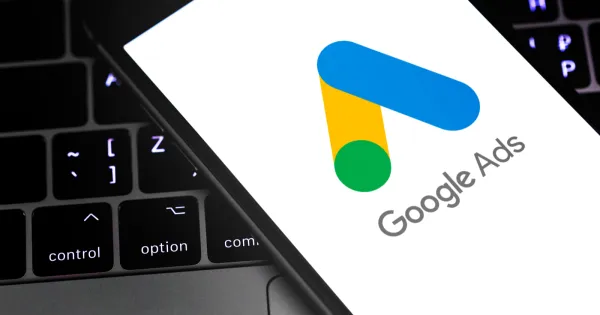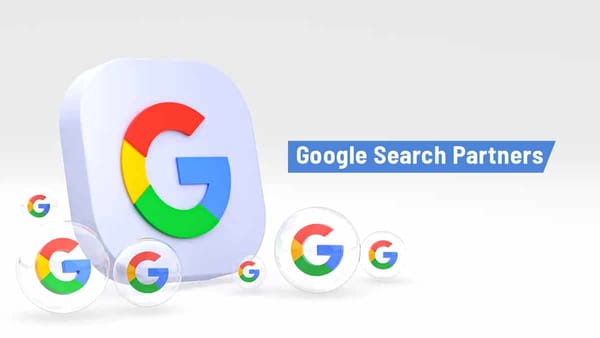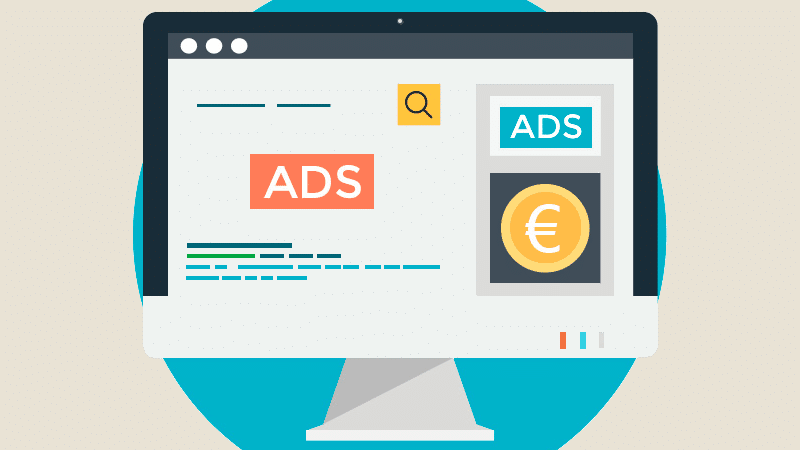How Digital Marketing Works for Beginners: A Step-by-Step Guide

Introduction
In today’s digital age, businesses of all sizes must harness the power of digital marketing to stay relevant and competitive. But if you're new to the world of marketing online, it can seem overwhelming. What is digital marketing? How does it work? And how can you, as a beginner, get started?
In this guide, we’ll break down the essentials of digital marketing and walk you through the fundamental steps to launch your first campaign. By the end, you’ll have a clear understanding of how digital marketing works and how to apply it to grow your business or personal brand.
What is Digital Marketing?
Digital marketing is the use of digital channels, such as websites, search engines, social media platforms, email, and mobile apps, to promote products and services to a targeted audience. Unlike traditional marketing, which relies on offline channels like TV or print, digital marketing leverages online tools to reach customers, engage with them, and drive conversions.
The primary goal of digital marketing is to increase brand visibility, build relationships with customers, and ultimately drive sales—all through online platforms.
Key Components of Digital Marketing
As a beginner, it’s essential to understand the core components of digital marketing. These are the pillars on which most successful digital marketing strategies are built:
- Search Engine Optimization (SEO)
SEO is the practice of optimizing your website or content to rank higher on search engines like Google. When someone searches for something related to your product or service, you want your website to appear in the search results.- On-Page SEO: Optimizing your website’s content, titles, headings, and images.
- Off-Page SEO: Building backlinks and improving your site's online reputation.
- Technical SEO: Ensuring your website loads fast, is mobile-friendly, and is easy to navigate.
- Content Marketing
Content marketing involves creating and sharing valuable content to attract and engage your target audience. This can include blog posts, articles, videos, infographics, eBooks, and more.- Content should be relevant to your audience and aim to answer their questions or solve their problems.
- A blog on your website is a great place to start creating content that boosts SEO and engages potential customers.
- Social Media Marketing
Social media marketing focuses on promoting your brand, products, or services through platforms like Facebook, Instagram, Twitter, LinkedIn, and TikTok.- Social media gives businesses a platform to interact directly with customers and build a community.
- Paid social media ads also allow you to target specific demographics and interests.
- Email Marketing
Email marketing involves sending personalized messages or offers to potential and existing customers through email. It’s a great way to nurture leads and keep your audience engaged.- Popular email marketing campaigns include newsletters, product launches, discounts, and event invitations.
- Tools like Mailchimp and Constant Contact help automate and optimize your email marketing efforts.
- Pay-Per-Click (PPC) Advertising
PPC advertising is when you pay a fee each time someone clicks on your online ads. This can be through platforms like Google Ads or social media ads.- PPC ads help businesses quickly gain visibility and drive traffic to their website.
- Campaigns can be highly targeted based on user search behavior, interests, and demographics.
- Affiliate Marketing
Affiliate marketing is a performance-based strategy where businesses partner with affiliates (bloggers, influencers, or other websites) to promote their products or services in exchange for a commission on sales or leads.- It’s a cost-effective way to reach a broader audience without spending too much upfront.
- Influencer Marketing
Influencer marketing involves partnering with individuals who have a large, engaged following on platforms like Instagram or YouTube to promote your products.- Influencers can help increase your brand’s reach and build trust among their audience.
How Digital Marketing Works: A Beginner’s Guide to the Process
Now that you understand the key components of digital marketing, let’s break down how it all works, step-by-step:
- Define Your Goals
Before diving into any marketing efforts, you must define your objectives. Are you trying to increase website traffic, generate more leads, or boost sales? Clear goals will help you shape your digital marketing strategy and measure success. - Identify Your Target Audience
Understanding who your target audience is will guide every part of your digital marketing efforts. Define their demographics (age, location, interests) and behavior (what do they search for? What problems do they face?). This ensures your marketing efforts are focused on the right people. - Create a Website or Landing Page
Your website or landing page serves as your digital storefront. Make sure it’s user-friendly, mobile-responsive, and optimized for search engines. If you're a beginner, tools like WordPress, Wix, and Squarespace offer simple platforms to create a website without needing coding skills. - Create Valuable Content
Content is king in digital marketing. Create content that educates, informs, and entertains your audience. Whether it’s blog posts, videos, or social media posts, the content should align with your audience’s interests and provide real value. - Choose the Right Digital Marketing Channels
Not all digital marketing channels will work for every business. Depending on your audience, focus on the channels where your customers are most active. For instance, if you're targeting professionals, LinkedIn might be more effective than Instagram. If you want to drive traffic through search, focus on SEO. - Run Paid Campaigns (If Necessary)
If you’re looking for quick results, consider running paid ads. Google Ads and Facebook Ads allow you to set a budget and target specific audience segments. These campaigns can help you gain immediate visibility while you build your organic reach through SEO. - Analyze and Optimize
Digital marketing is all about constant improvement. Use tools like Google Analytics and social media insights to track the performance of your campaigns. What’s working? What’s not? Use this data to refine and optimize your strategies.
Tips for Beginners in Digital Marketing
- Start Small: Don’t try to tackle everything at once. Start with one or two digital marketing channels, master them, and expand as you gain more experience.
- Consistency is Key: Whether it’s posting on social media or publishing blog posts, consistency is crucial in digital marketing. Set a schedule and stick to it.
- Learn and Experiment: Digital marketing is always evolving. Stay updated with trends and new tools, and don’t be afraid to try new strategies.
- Use Tools: Digital marketing tools like Google Analytics, Buffer, and Canva can help streamline your efforts and make managing campaigns easier.
Conclusion
Digital marketing may seem intimidating at first, but with the right knowledge and tools, beginners can succeed. Start with the basics: set clear goals, understand your target audience, and create valuable content. As you gain experience, you can expand your efforts and incorporate more advanced strategies like SEO, PPC, and influencer marketing.
Remember, digital marketing is a journey that requires continuous learning and optimization. Keep experimenting, analyzing, and adapting to see the best results.




